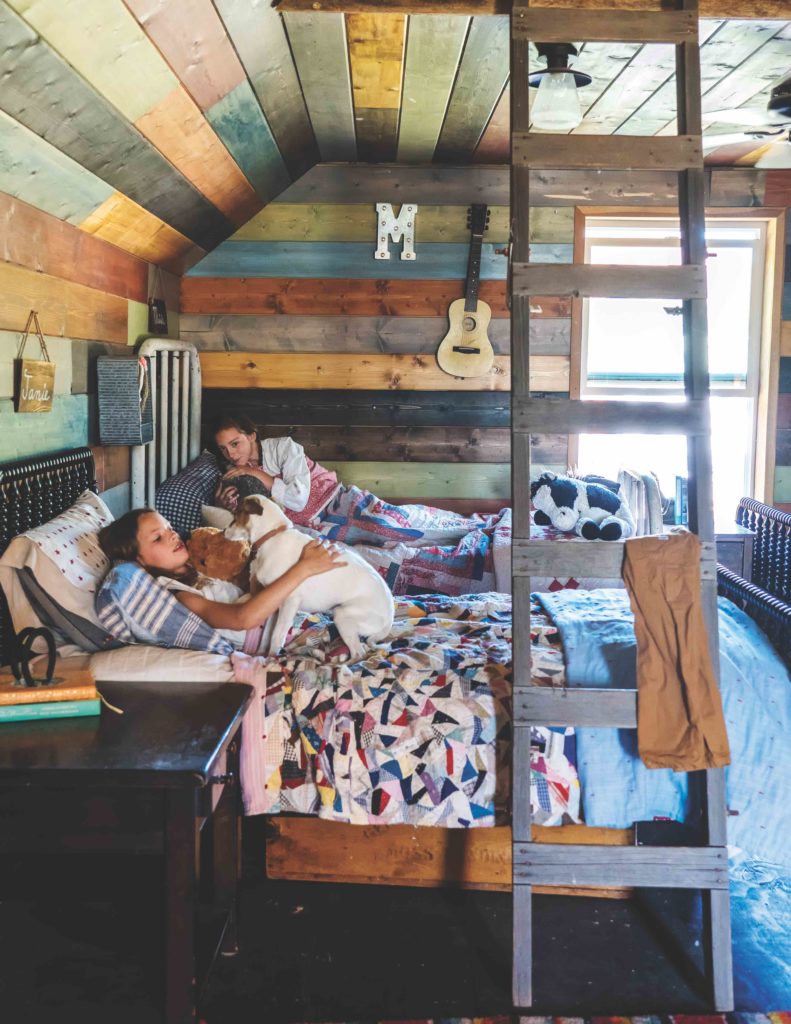
They Dreamed of Life on a Ranch. Then They Actually Made It Happen.
An adventurous couple builds the ultimate working family ranch in the wilds of rural Northern California.
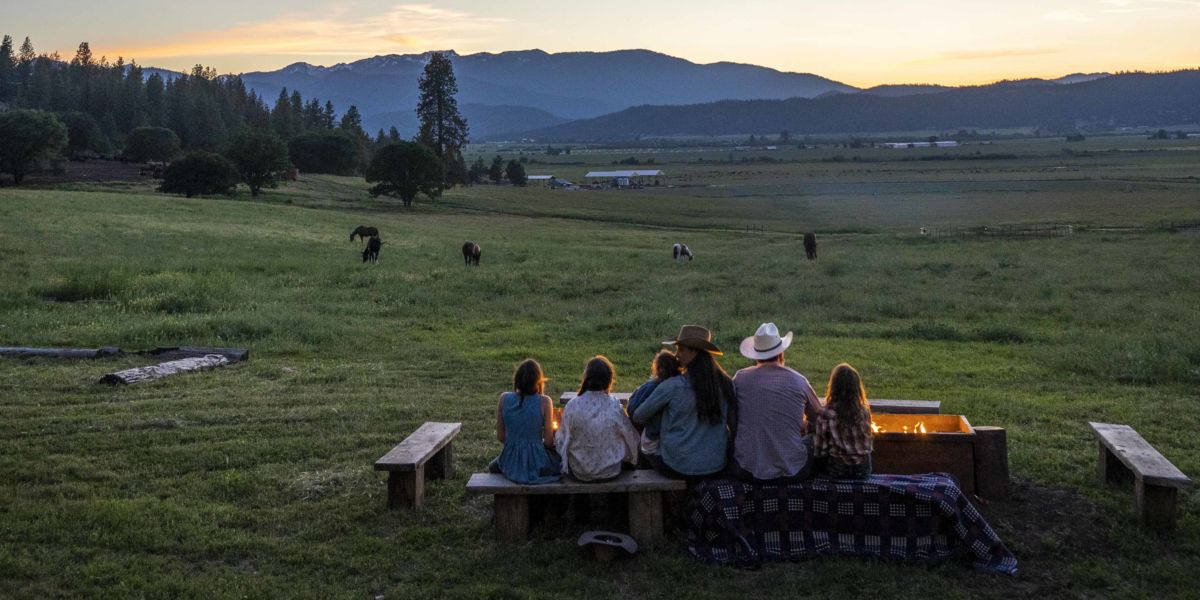
We only recommend things we love. If you buy something through our site, we might earn a commission.
When Brian and Mary Heffernan met 12 years ago, she couldn’t grasp why he always suggested they meet up for dates. “I thought he was so rude for never offering to pick me up,” laughs Mary, who owned a Bay Area tutoring company at the time.
Over the course of a few long dinners, Mary revealed her love of horseback riding, of tumbledown country homes, of antique hunts, and, well, of trucks. That’s when Brian, a real estate attorney with deep agricultural roots, uncloaked his old Ford pickup. It was a well-loved ride with dog-fur-coated seats and muddy paw prints. “We were the only two people who drove trucks in Menlo Park,” says Mary. “We knew it was meant to be.”
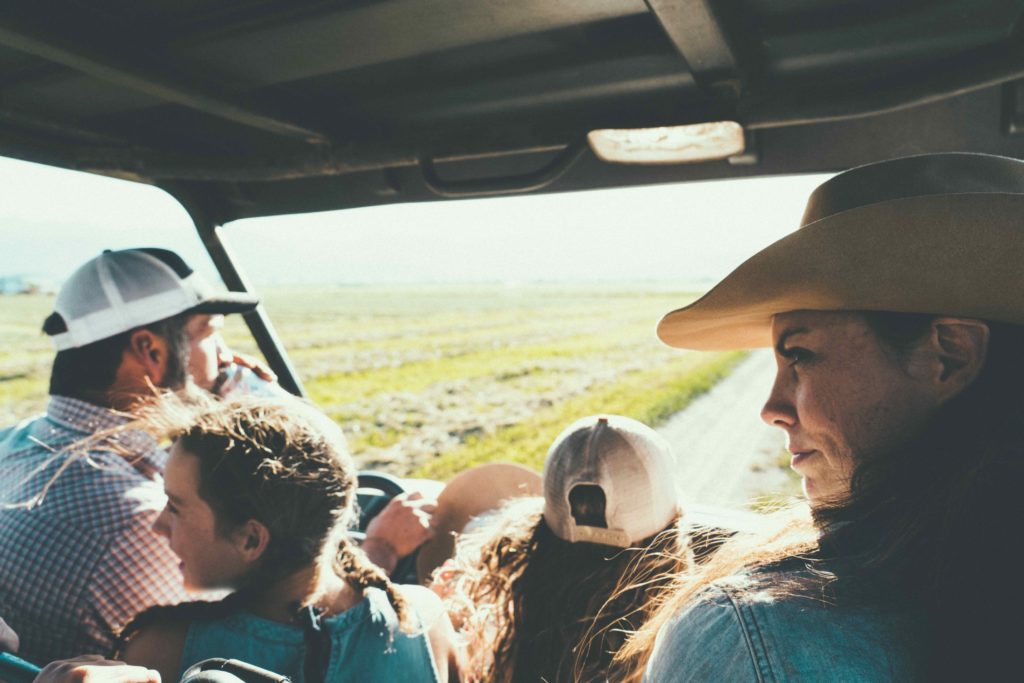
Thomas J. Story
Nine years later, when the couple announced they were leaving the suburbs for an 1,800-acre ranch six hours north, it came as a surprise to friends and family, but not to Mary and Brian. Several years and a few kids into their marriage, the couple began opening family-friendly restaurants, with amenities like playrooms where kids could gather while parents finished their meals. The couple had always relied on local farms, but when they were unable to source the quality pasture-raised, dry-aged beef they were adamant on serving, they snapped up a dilapidated ranch in Fort Jones, in Siskiyou County. They hired a hand to help raise their own cattle, but after eight weeks of grueling weekend commutes with four small children in tow, they agreed it wasn’t sustainable. “We realized we can’t do both, and we knew we had to pick one,” says Mary.
“We’d reached a point where we were pretty burnt out in the Bay Area,” she says. While that reality made it easier to walk away, as first-generation ranchers they needed to turn a profit. They quickly realized a direct-to-consumer strategy would allow them to sell meat while focusing on the ranch and the girls. They named the ranch Five Marys, after Mary and their four daughters—whose first names are all Mary. Each girl goes by their middle name: Francie, Maisie, Janie, and Tessa.
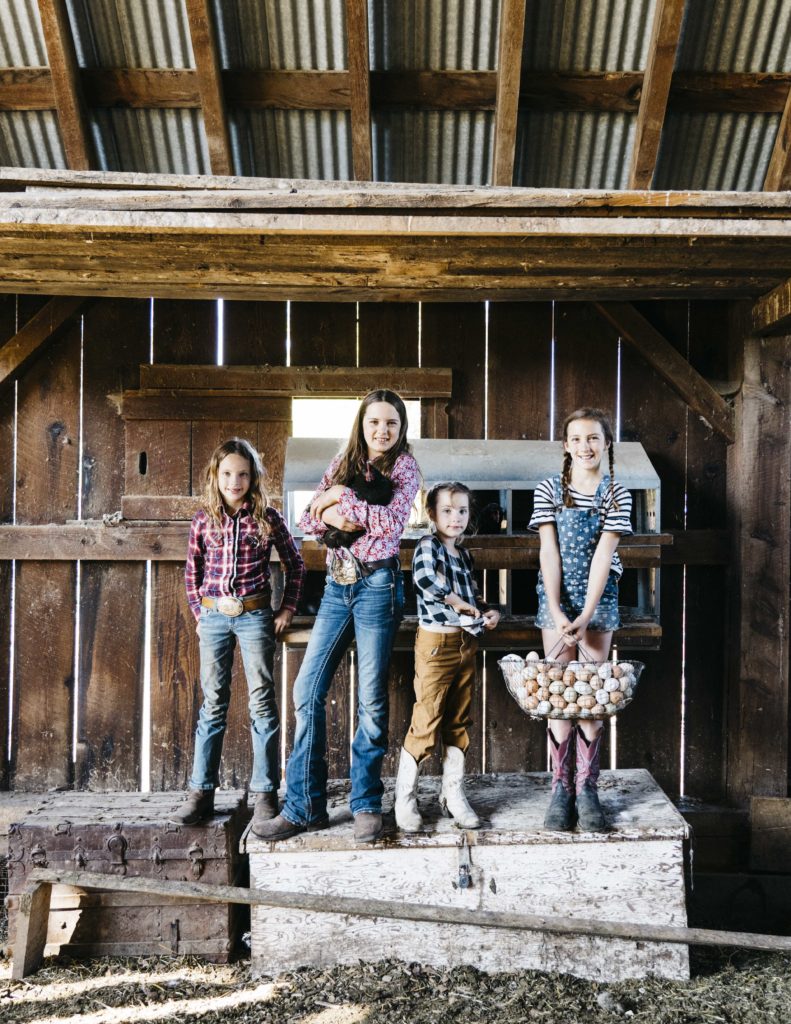
Thomas J. Story
Mary uses Instagram around the clock to share a behind-the-scenes perspective of ranch life, where they raise natural, beef, pork, and lamb from birth to slaughter. “I think there really is an issue in much of the country of people not truly knowing where their food comes from or how it’s raised,” says Mary. “But people are hungry for that information. Social media gives them that window: the good, the bad, the everyday.” Some days it’s one of the girls fulfilling a wish to learn to use a chainsaw or trudging out in the snow at dawn to feed the animals. Another day, it could be an account of Mary, Brian, and the girls struggling to help a cow deliver a calf.
Today 90 percent of their meat is shipped to customers around the country, with the remainder sold at their downtown farm store and restaurant, Five Marys Burgerhouse. More than three years ago, when the small town’s historic local bar and restaurant closed, Brian and Mary couldn’t resist turning it into an authentic Five Marys experience. Mary already had the menu covered, since she’d been creating recipe booklets since they launched. So they hustled to give the bar a quick four-week rehab, painting and repurposing furniture from the 5,000-square-foot-home they sold back in Menlo Park. On Friday nights before the pandemic, much of the town would turn up for live music. “It was a great way to be social,” says Mary. “People work so much here, there’s not a lot of time to socialize.”
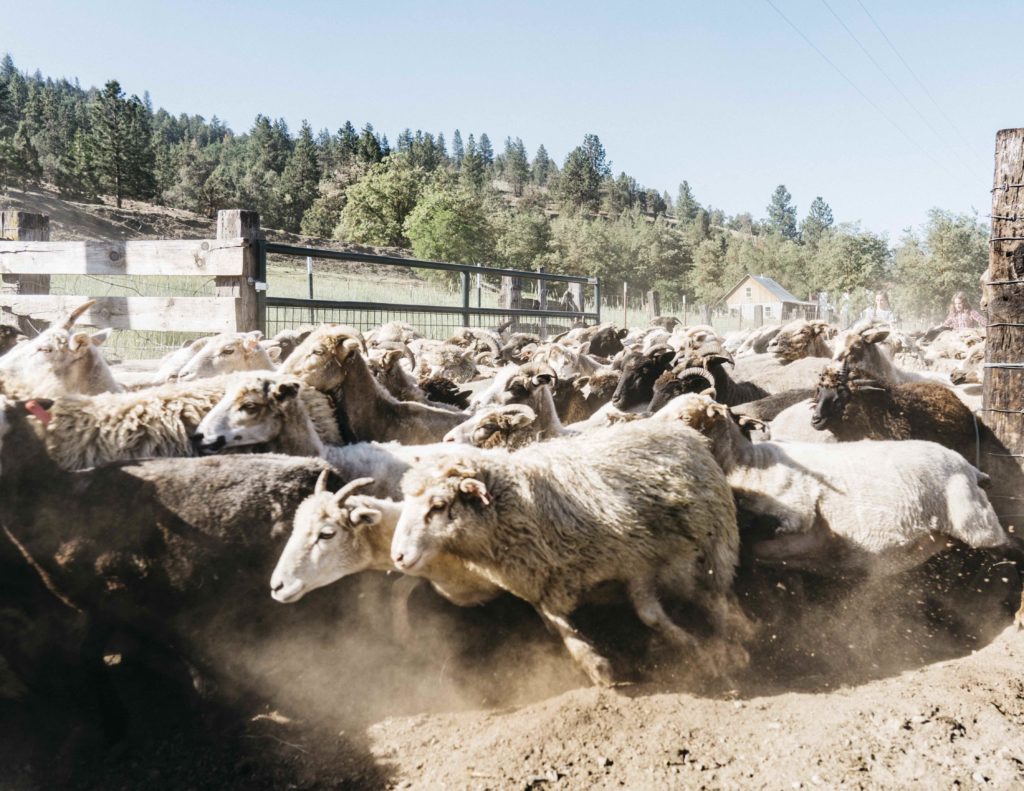
Thomas J. Story
Mary’s first cookbook, Ranch Raised Cookbook: Homegrown Recipes From Our Family to Yours, was released late last year and is a compendium of dishes and drinks from the restaurant and the ranch. The pandemic has kept them busier than ever: Direct sales have increased fourfold as more people turned to buying meat online rather than in the supermarket, Mary began teaching online entrepreneurship classes to woman ranchers, they’re breaking ground on a butcher shop, and a virtual ranch skills course draws kids in from all over the world.
